Korg ARP 2600 M Review: Now more affordable than ever!
When we first published our review of the Korg ARP 2600 M a couple of years ago, many thought that Korg’s reissue of the legendary semi-modular synthesizer was overpriced. Since then, the price has come down considerably. That’s great news for those who missed out on the ARP 2600 FS, which was unveiled at NAMM 2020 and immediately sold out despite its exorbitant price. In this First Look Review, we take a closer look at the tiny ARP.
You can now get the ARP 2600 M from Thomann* for just $1269 / £1222 / €1399 – a whopping 40% below list price**! Who doesn’t love a deal like that?!

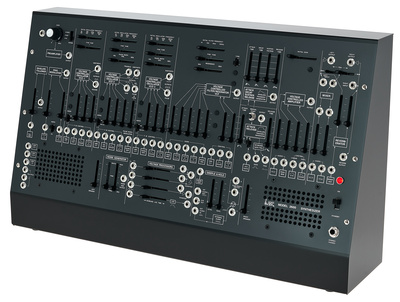
ARP 2600 M Review (December 14, 2021)
Looking at the synth’s retail price of just under 1800 Euros – about three times the amount Behringer is asking for the 2600 – the obvious question is: Who in their right mind would be crazy enough to go with Korg’s version? Well, for one thing, the ARP 2600 M actually looks like an ARP 2600, with its characteristic, towering console enclosure and classic, black-and-white color scheme. Ever since the MS-20 and ARP Odyssey, Korg’s reissues of analog classics enjoy a reputation for reproducing the character of the originals quite faithfully. And finally, I’ve heard that there are some people who might have mixed feelings about the cheap clones Music Tribe is churning out. According to Korg, the ARP 2600 M is largely hand-built in small quantities with special attention to quality, which, Korg hopes, will be enough to justify the comparatively high price.
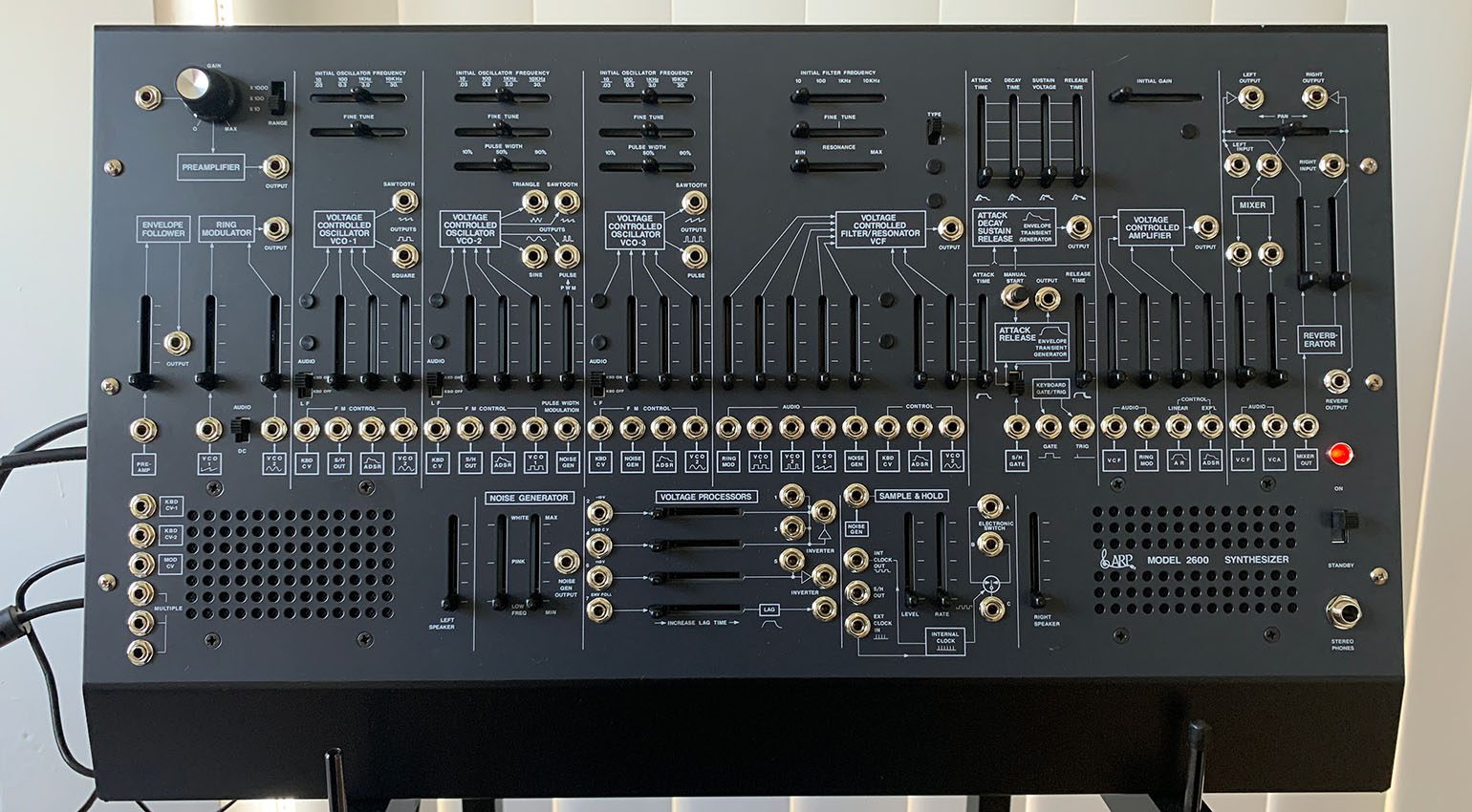
Unboxing the Korg ARP 2600 M
Just to make sure that the 2600 M lives up to these premium expectations, the manufacturer throws in a couple of nice extras. Out of the shipping box comes a sleek, ARP-branded roller case that contains the synthesizer and the included accessories. This brings back memories of the Korg ARP Odyssey, which also came in a flashy custom suitcase. Apart from the synthesizer, the case contains a Korg microKEY2 37 USB keyboard controller, which replaces the replica of ARP 3620 keyboard that came with the full-size version. Two USB cables and a bag of ten gray patch cables are also included, as is a sheet of various ARP stickers.

Although the roller case looks sharp and has room to spare for additional equipment such as an SQ-1 sequencer if needed, I’m not sure I’d really want to use it to haul the 2600 M around on a regular basis. Not because it doesn’t provide adequate protection for the synthesizer, it’s certainly sturdy enough. But it is quite clunky and a bit oversized – especially if you don’t need to bring the keyboard all the time. If I were to travel a lot with the ARP, I’d probably invest in a custom flightcase and use the stylish roller bag for the stage wardrobe.
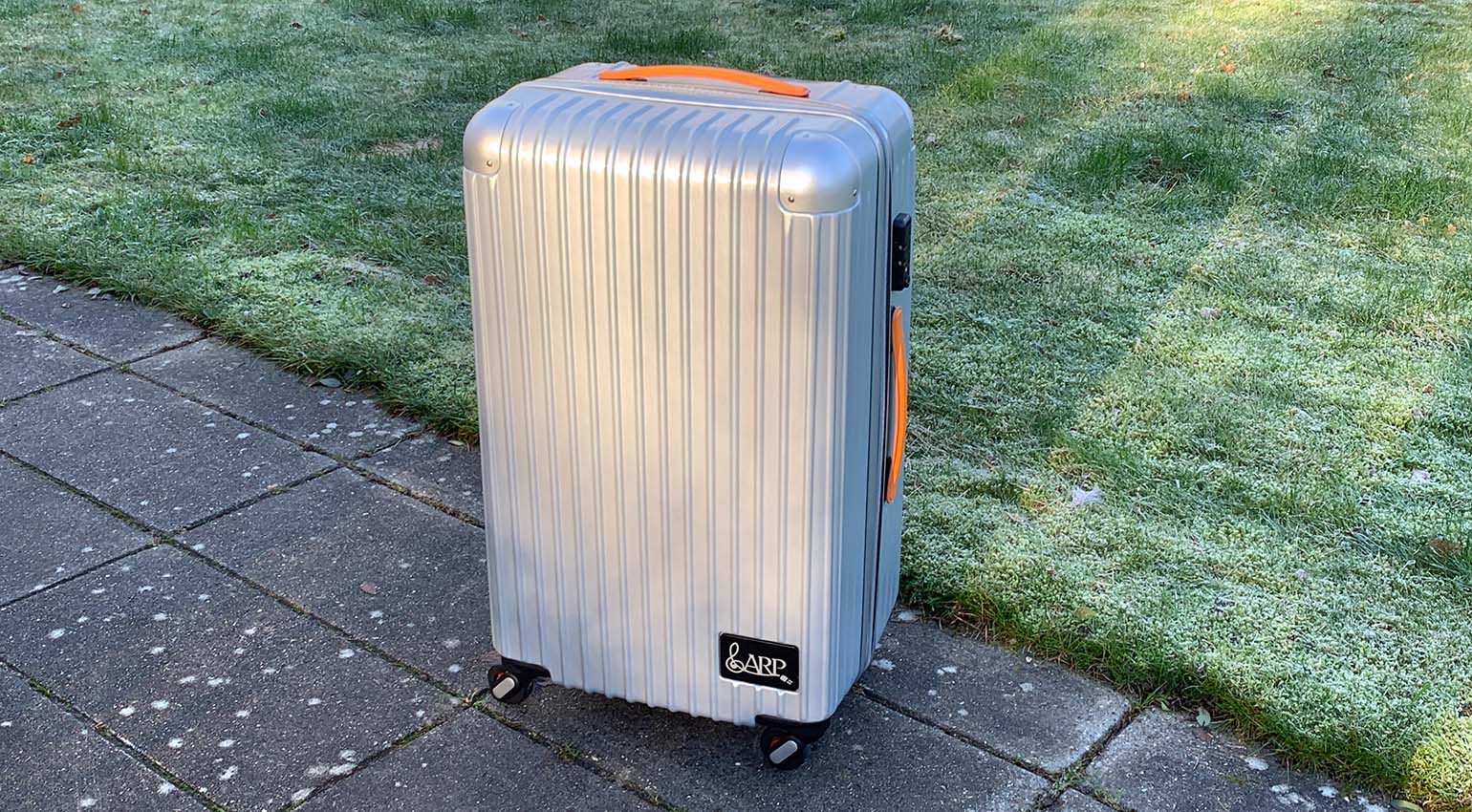
Look, it’s so tiny!
Downsized to about 60% of the original’s size, the ARP 2600 M does look kinda cute. That said, it’s still large enough to provide a genuinely satisfying patching and tweaking experience. It’s small, but it’s a far cry from the claustrophobic Roland Boutique series, for example. The jacks and faders are all easily accessible and even with many cables plugged in, the panel doesn’t feel overcrowded. Everything that makes the original so special is exactly the same on the 2600 M, with a couple of minor tweaks to allow for easier integration in today’s setups.
All three VCOs deliver sawtooth and square waves, with PWM being available on VCO 2 and 3. VCO 2 offers additional triangle and sine waves. A noise generator serves another sound source. Up to five audio signals meet in the input mixer of the 24 dB low pass filter. Just like Behringer, Korg has added a switch that lets you choose from the two filter variants of different editions of the original. The signal continues through the VCA into the output section, where it reaches a stereo mixer and the analog spring reverb. Despite the tiny size, Korg has even held on to the built-in speakers.
One ADSR and one AR envelope provide modulation. The 2600 M doesn’t have dedicated LFOs, but you can decouple all three VCOs from the keyboard control voltage and use them as modulators. Together with the ring modulator, voltage Processor, and Sample&Hold, this opens up extensive opportunities for creative patching. The original’s preamp and envelope follower have also made it into the mini version. This lets you patch in an external audio signal and use it as a modulation source.
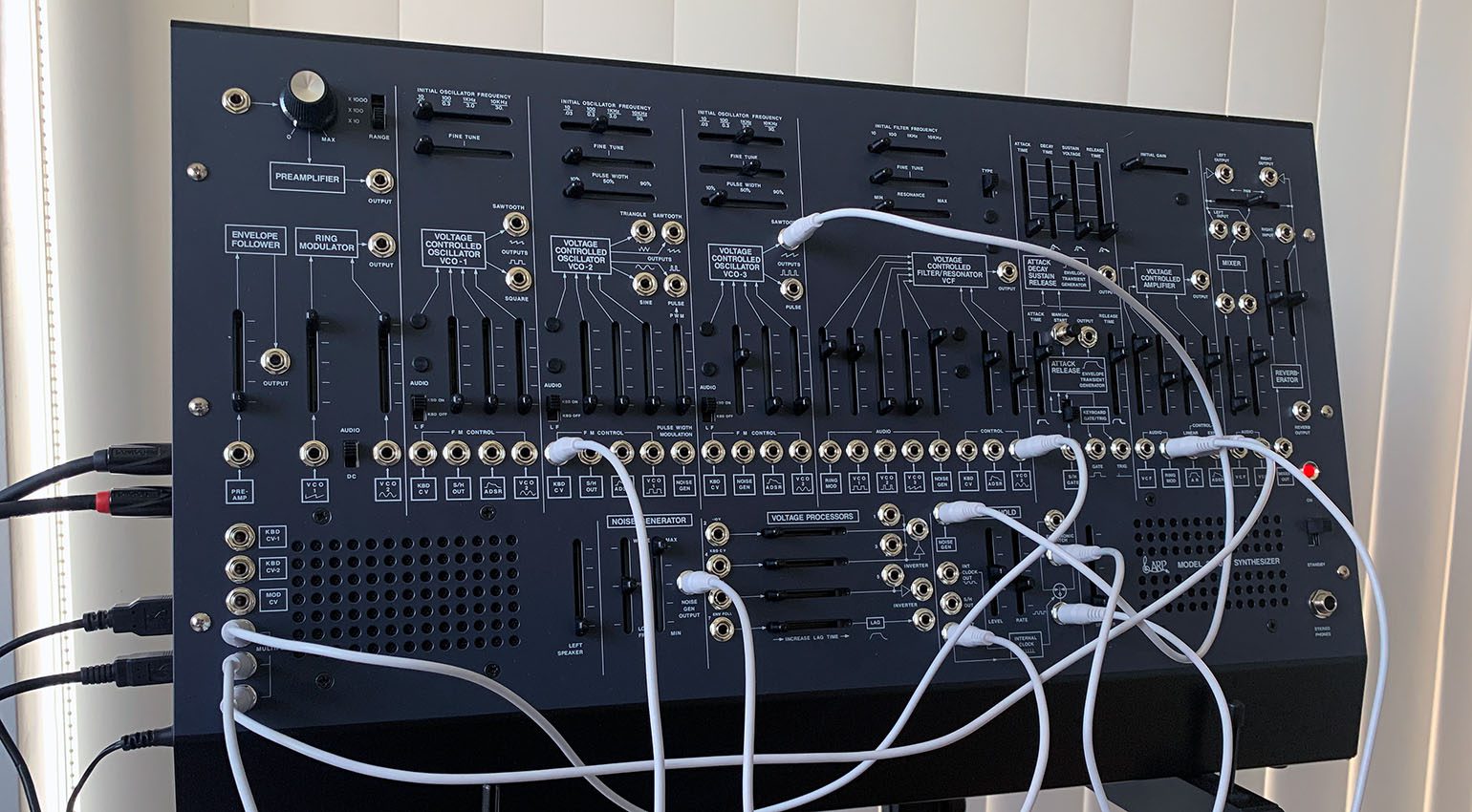
An ARP 2600 for modern setups
So what’s different, apart from the switchable filter variants? In terms of connectivity, Korg has replaced the XLR outputs with balanced 1/4” jacks. There’s also a DIN MIDI input and two USB ports. One of these is for connecting the synth to a computer and receives MIDI data (but doesn’t transmit it). The other USB port can be used to connect and power the included keyboard (or another controller). Unfortunately, the ARP 2600 M doesn’t forward the incoming MIDI signal from this port to the computer. This means that if you want to record your playing in your DAW software as MIDI notes, you need to connect the keyboard directly to the computer, rather than use the synth’s integrated USB port.
Speaking of the keyboard: The two CV output jacks for duophonic keyboard control voltages have been joined by an output for the modulation wheel, which can thus be used to modulate any parameter you wish. To make room for it, Korg has sacrificed one of the multiples jacks (only three instead of four), which is sometimes missed in complex patches. Small pocket multiples like the Ninja Stars or can provide a solution, and if you have multiples in your Eurorack, you can just use those.
Speaking of Eurorack: In order to make the ARP 2600 M play well with your system, Korg has changed the voltage needed to trigger the envelopes from 10 V to 5 V. This makes for better compatibility with Eurorack systems, which is of course a very good idea.
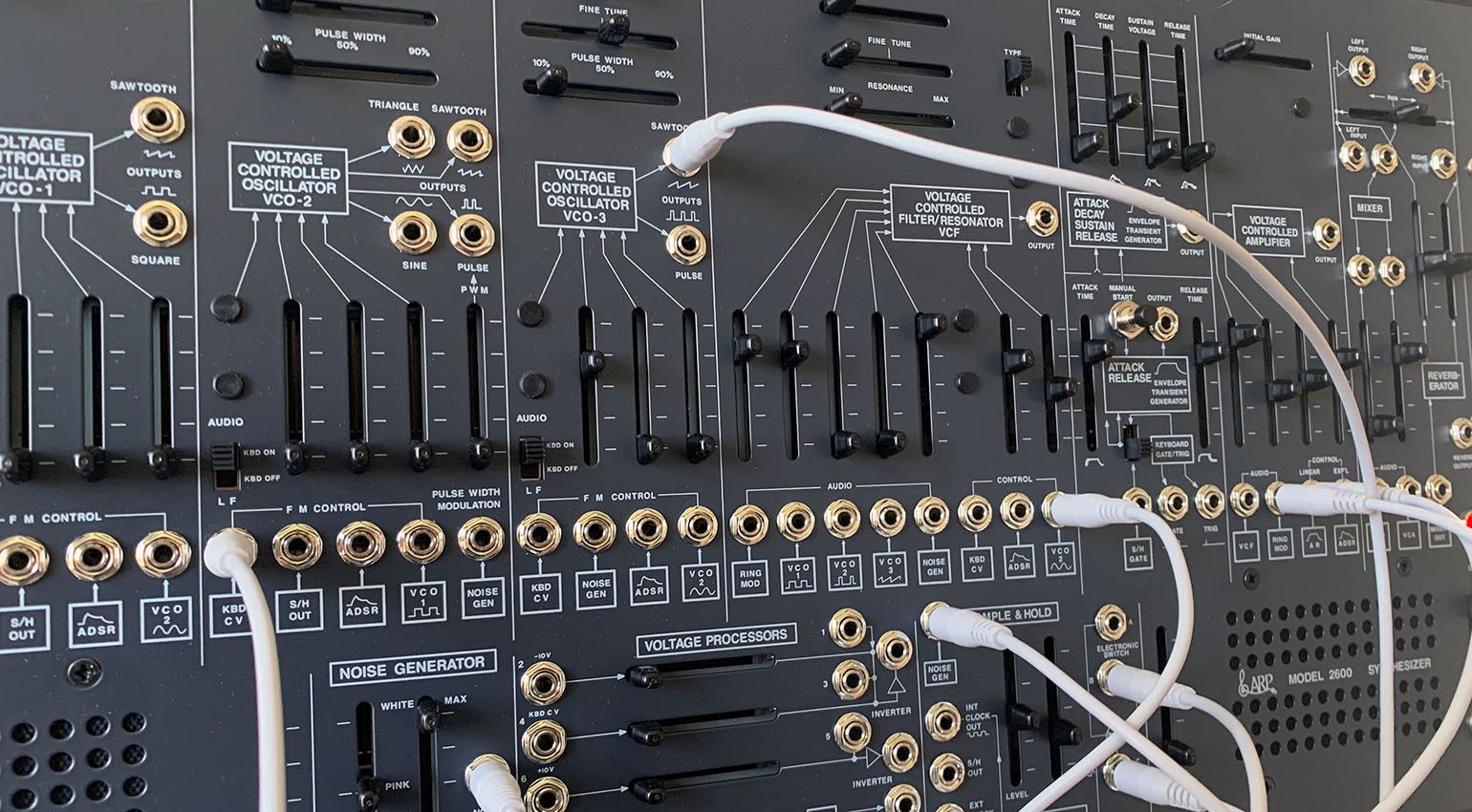
ARP 2600 M Review: The Sound
So what does the ARP 2600 M sound like? In short: exactly like an ARP 2600 should sound. The powerful and pleasantly raw oscillator waveforms provide the source material for extensive sound design experiments. The filter sounds equally great and has that characteristic ARP feel to it. The two variants do show slightly different behaviors and produce slightly different timbres. As the resonance increases, the filter swallows the low frequencies to a degree that one might not be used to from other synthesizers, but that’s all part of the experience. The analog spring reverb puts the icing on the cake and turns the ARP 2600 M into an excellent effect unit for external signals.
Does it sound exactly the same as the original? While I would have loved to have access to a vintage 2600 for a shoot-out, I do think that A/B comparisons are a bit pointless. No two vintage 2600s sound exactly the same. What’s much more important in my opinion is that the instrument inspires you and and adds something valuable to your music, and that’s something the ARP 2600 M excels at.
A 2600 isn’t a synth that delivers fat basses or leads at the push of a button (although it can do those sounds, of course!), nor is it a synth for beginners. It shows its true potential when you let its characteristic and somewhat unorthodox structure guide you to new, unexpected sounds. Then it delivers patches that are so unique that you can get lost in them for hours. The ARP 2600 has long been known as a favorite of film composers and sound designers, and after finishing this review, I think I know why.
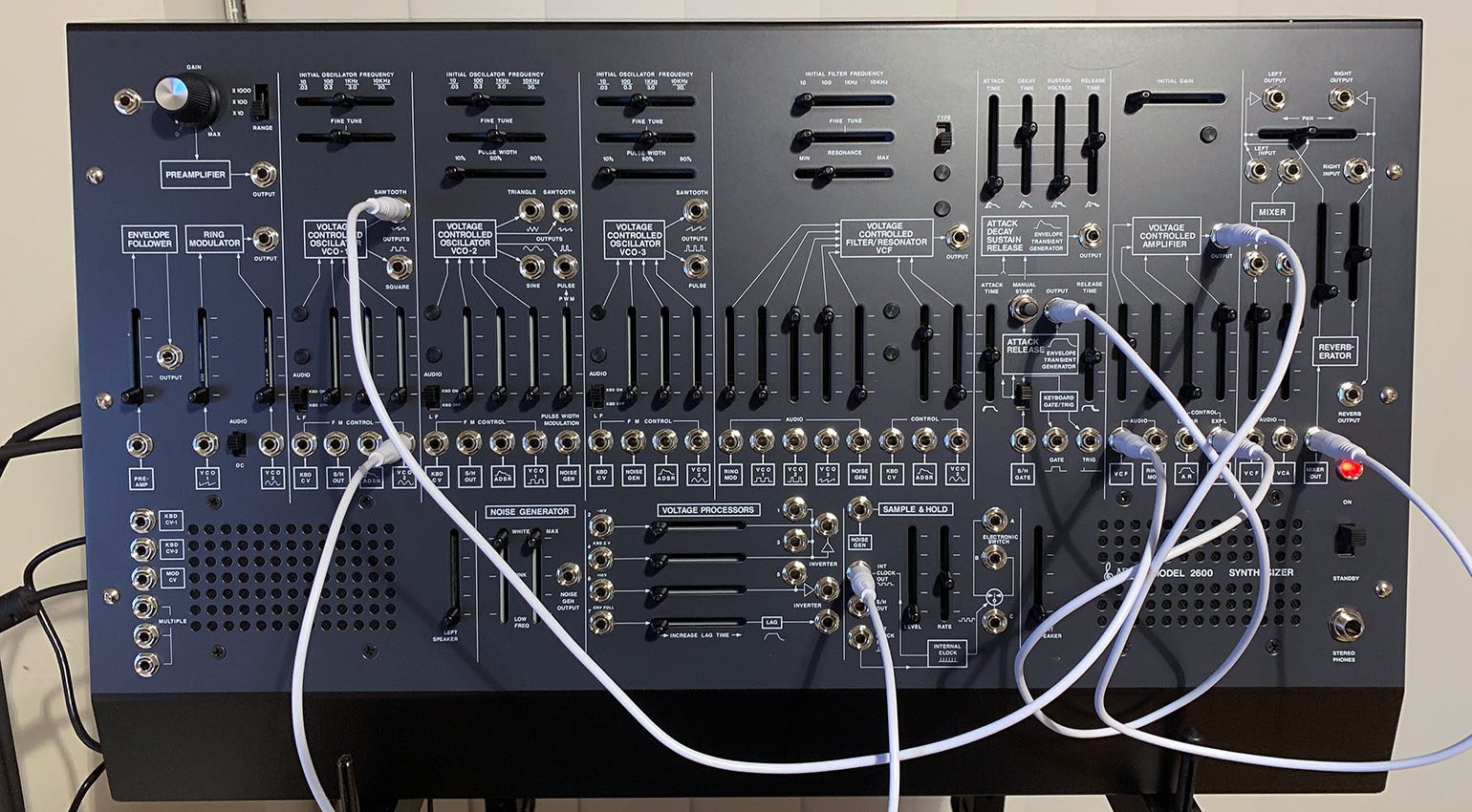
What’s not so great?
If you’ve read this far, you already know that I’d like to recommend the ARP 2600 M to anyone who enjoys extended sound design and patching experiments. But I wouldn’t be a reviewer if I didn’t have a tiny issue to gripe about.
While the small size means that the 2600 M fits into all but the smallest of studios, it does come with a slight drawback. The relationship between size and weight seems a bit off. The combination of the synth’s small footprint and high center of gravity means that it doesn’t have much to offer to counteract the force needed to insert and unplug patch cords.
In plain language, if I wasn’t holding it with my other hand while plugging in or pulling out a cable in the top half of the panel, I was always a little worried about it tipping over. For heavy patching, you might want to think about fashioning some sort of customized stand that holds the 2600 M lying on its back at an angle. While I understand that Korg wanted to preserve the look and feel of the original, a desktop enclosure might have been a more practical solution.
Conclusion: Korg ARP 2600 M
The Korg ARP 2600 M not only brings the legendary analog semi-modular synthesizer into a more manageable format, but also provides the modern connections and Eurorack-compatible voltages needed in today’s setups. And while it’s lost about 40 percent of its size, it retains all of its fascination. Just like the original, the semi-modular 2600 M invites you to embark on extended patching journeys and excels at producing sounds that would otherwise be hard to come by. Is it worth three times as much as Behringer’s version? That’s for everyone to decide for themselves. Its workmanship and sound and the attention to detail with which it reproduces every facet of the famous original definitely speak for it in my eyes.
More information
More Videos about the ARP 2600 M
*This post contains affiliate links and/or widgets. When you buy a product via our affiliate partner, we receive a small commission that helps support what we do. Don’t worry, you pay the same price. Thanks for your support!
**Percentage discount will vary based on your territory and conversion rates on the day of purchase. Displayed percentage discounts are used for guidance only.
4 responses to “Korg ARP 2600 M Review: Now more affordable than ever!”
 4,3 / 5,0 |
4,3 / 5,0 | 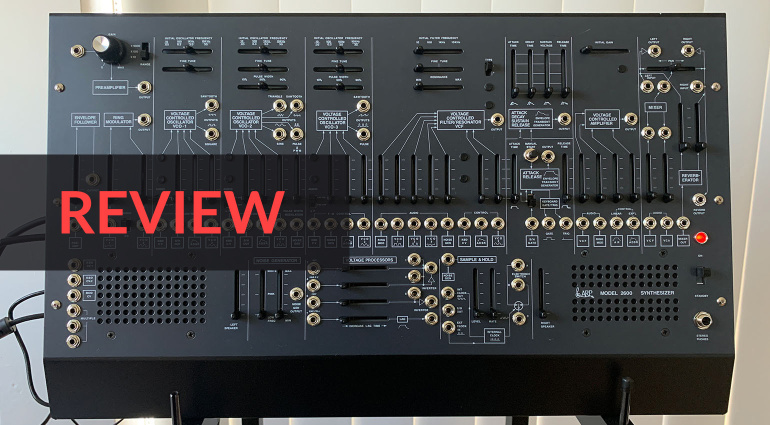


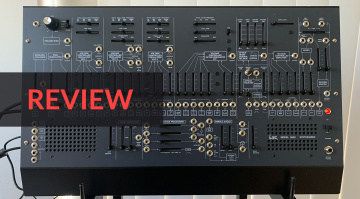


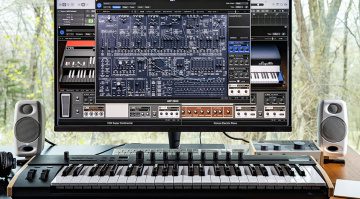
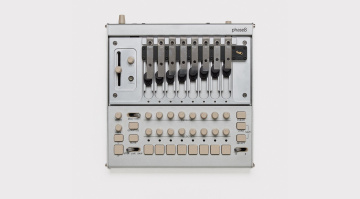
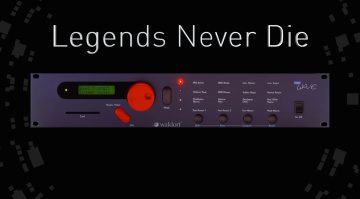

What I don’t get is why Nintendo didn’t get together with Rare to do a 32 meg, ACM graphics Mario Kart sequel on the SNES possibly using the Super FX 2 chip for a boost or even companies like Konami teaming up with Nintendo & Rare to do a 32 meg, ACM Castlevania and/or Contra game just to see what they could’ve accomplished together. They could’ve made those games as big as the Donkey Kong Country series. Super Return of the Jedi should’ve been much bigger & better than it was. They were so lazy they didn’t even change the way (1 handed) Darth Vader fought you from Empire to Jedi & it was a cakewalk to beat him. A few missed opportunities there
i played almost all of these games. except the ones with low graphic art like f-zero, mario kart, castlevania, metroid etc. contra had low graphic but very enjoyable with co-op.
earthbound, ff should be top5.
idk how many times i’ve replayed crono trigger and earthworm jim. others mostly 75%.
Why do companys invent the wheel a second time? Why now? Why not 10 years ago when Behringer was building only mostly unreliable analog mixer consoles? Or was this build for Behringer bashers Trump card? 😄 Just beat it Yeah.
It’s nice. It’s fairer priced now. It’s got a case. If you want to try this synth out, you’d buy the Behringer, but if you were gonna keep it and use it forever, you’d buy the Korg. Nice to have a choice though, eh?